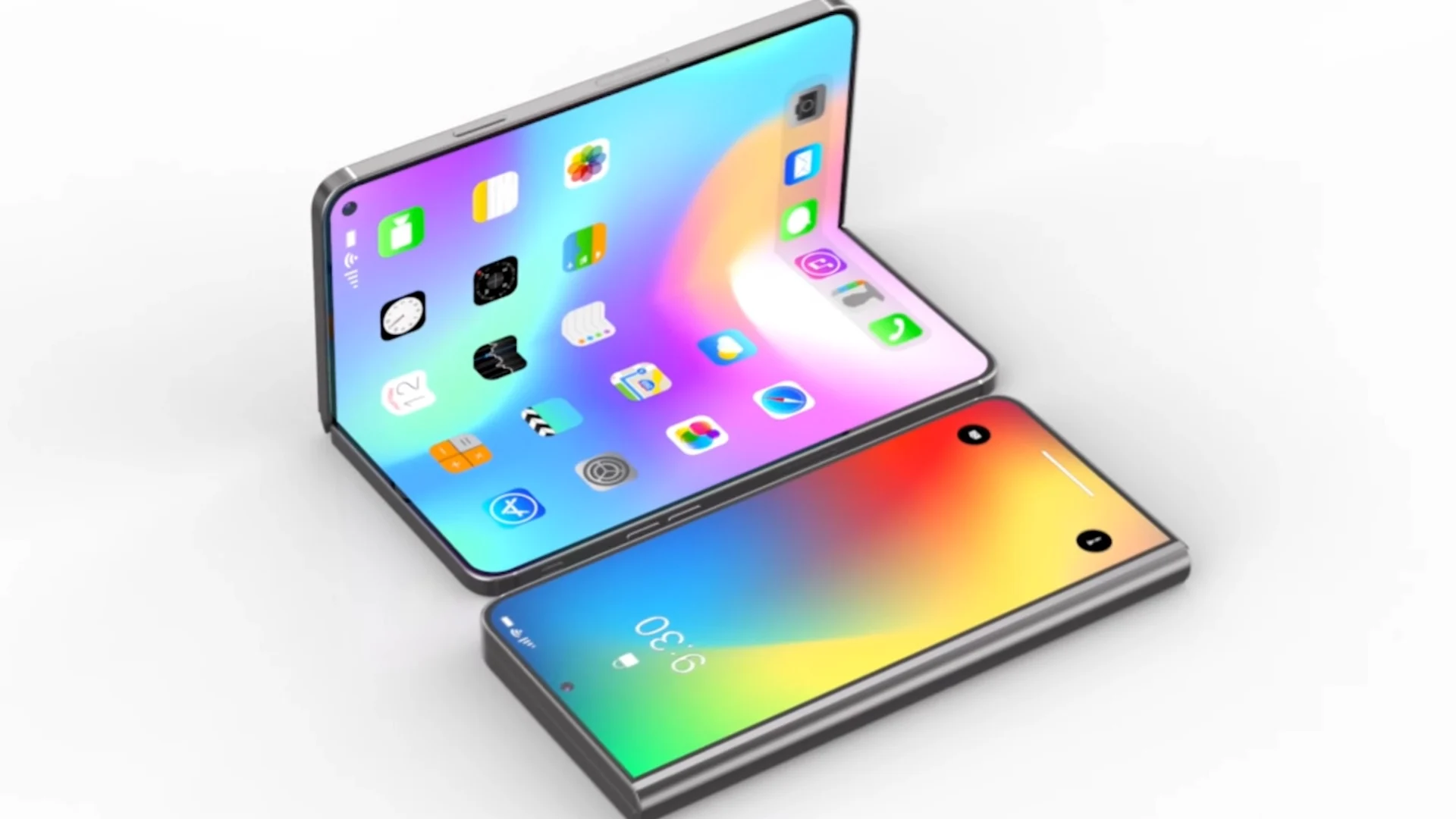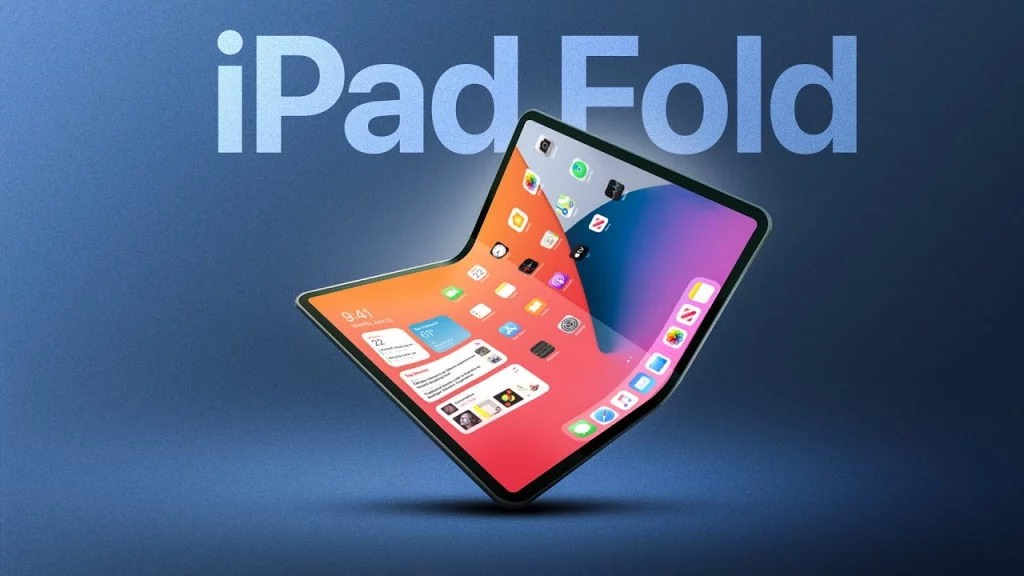Apple is in a legal battle with Epic Games, the company behind Fortnite, over App Store rules. On May 8, 2025, Apple asked a U.S. appeals court to pause a court order that changes how the App Store works. A judge ruled that Apple must stop charging fees on purchases made through outside links and cannot control how these links look in apps.
Apple says this ruling hurts its business and wants to delay it while appealing. The company argues the judge’s decision unfairly forces it to give up control of its operations. This fight started in 2021 when a court said Apple’s rules limited competition, and Epic claims Apple’s changes still don’t follow the order.
Meanwhile, Apple is working on a foldable iPhone, set to launch in 2026. Reports say it will have a nearly invisible crease when unfolded, making it smoother than other foldable phones. It might also use a special “self-healing” display that fixes small scratches on its own.
The phone could be as thin as 4.8mm when open but thicker when closed, around 9mm. Apple may use a Touch ID button instead of Face ID to keep the screen slim. This foldable iPhone is expected to cost between $2,000 and $2,500, aiming to stand out in the smartphone market.

